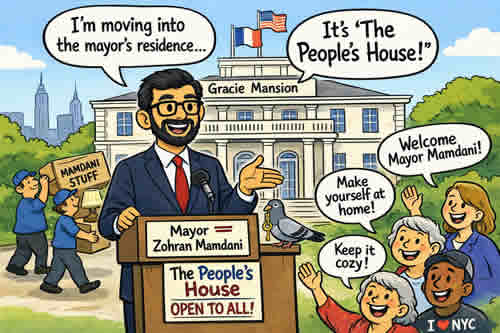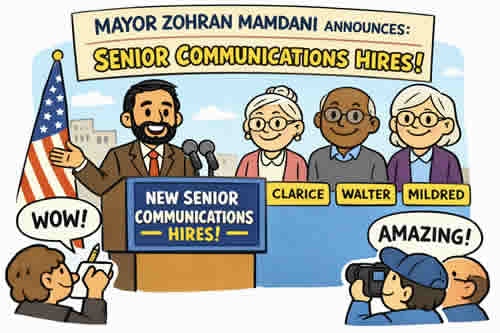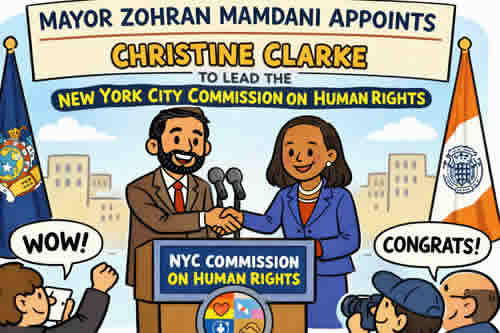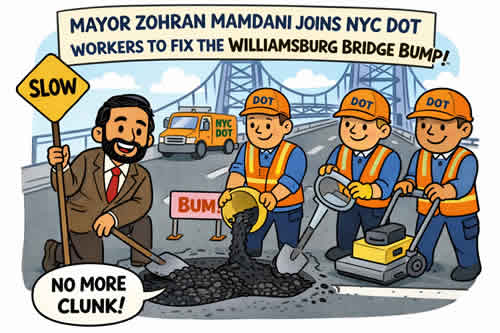Donald Trump’s presidency brought a new twist to media criticism, turning the term “fake news” into a household phrase. Whether you think he was a visionary or just a showman, his infamous list of “fake news” outlets struck a chord with many. Here’s why his grievances might have had a bit more flair than initially thought:
- Media Bias Gone Wild Trump’s favorite pastime was calling out CNN, NBC, and MSNBC for their unrelenting negativity. A Harvard study revealed that over 90% of the news coverage during his early days was decidedly not in his favor. Was it just standard political critique, or were these outlets on a mission to tarnish his presidency? Trump’s claim was that the media wasn’t just doing its job—it was waging a full-blown war against him.
- The Selective Narrative Circus Ah, the classic “fake news” maneuver: selective reporting. Take the Russia investigation. The New York Times and The Washington Post ran a marathon of headlines about Trump’s alleged collusion. When Mueller’s report didn’t deliver the goods, Trump and his fans felt like they’d been served a hefty helping of fake news with a side of vindication. The press had, in their view, been caught red-handed with its pants down.
- Misinformation and Media Mishaps Trump’s gripe about media accountability isn’t without merit. Remember ABC News’ 2017 blunder claiming Trump ordered Michael Flynn to collude with Russia? The market shuddered, and the correction came with a collective shrug. To Trump supporters, this was proof that media misinformation wasn’t just a mistake—it was a dangerous game.
- Weaponized Media: The Real Drama Critics screamed that Trump’s media attacks were undermining democracy. But many of his supporters saw the media as a weaponized arsenal against him and other conservatives. BuzzFeed’s publication of the Steele Dossier, a document Trump dismissed as “garbage,” was seen as yet another example of media used as a political bludgeon.
- Trust in Media? What Trust? Trump’s rants resonated with a growing public disdain for the media. Gallup polls showed a steep decline in trust, with only 36% of Americans showing confidence in the press by 2021. Trump’s portrayal of the media as a corrupt, elitist machine seemed to strike a nerve with those feeling left out of the media’s elite circles.
- Enter the Alternative Media Revolution As Trump labeled traditional outlets “fake news,” alternative media platforms sprang to life. Websites, podcasts, and social media channels aligning with Trump’s views surged in popularity. It was as if the media landscape had turned into a wild west of news, where traditional outlets were the outlaws and alternative sources the new sheriffs in town.
Trump’s clash with the media may have been dramatic, but it did shine a spotlight on significant issues within mainstream journalism. From lack of accountability to perceived bias, his critiques, whether fair or foul, sparked a broader debate about the role and integrity of the media. Regardless of your stance, Trump’s media wars have undeniably reshaped the conversation about journalism in America.
Based on Donald Trump’s frequent use of the term “fake news,” here’s a list of media outlets and TV networks he has branded as “fake media” or “fake news.” Whether or not you agree with him, these outlets have faced Trump’s wrath for their coverage of his presidency and political events:
- CNN: Trump has repeatedly labeled CNN as “fake news,” criticizing their coverage as unfair and negative.
- NBC News: He has accused NBC News of being “totally biased” and spreading fake news, particularly regarding job creation claims.
- ABC News: Dismissed by Trump as biased and untrustworthy, especially when their reporting portrays him negatively.
- MSNBC: Consistently referred to by Trump as “fake news,” with criticism directed at their coverage of his presidency.
- The New York Times: Known as “failing” and “fake news” in Trump’s eyes, with claims that they have consistently been wrong about him.
- The Washington Post: Labeled as “fake news,” particularly for its coverage related to Amazon and its tax practices.
- BuzzFeed: Trump called BuzzFeed a “failing pile of garbage” for publishing unverified reports about him.
- PBS: Criticized for its coverage and perceived bias.
- The New Yorker: Known for its critical reporting on Trump, contributing to its place on his list.
- HuffPost: Frequently criticized by Trump for its negative portrayal of his administration.
- Politico: Accused by Trump of bias and negative coverage.
- Slate: Known for its progressive stance and critical articles about Trump.
- Vox: Often critical of Trump’s policies and actions.
- USA Today: Faced Trump’s criticism for its coverage and editorial stance.
- Los Angeles Times: Included on the list due to its critical reporting.
- TIME Magazine: Criticized for its coverage and portrayal of Trump.
- Rolling Stone: Known for its critical stance on Trump’s presidency.
- Vice News: Included for its investigative and often critical reporting.
- The Root: Criticized for its coverage of race and Trump’s policies.
- Bustle: Known for its critical articles on Trump’s policies and behavior.
- Refinery29: Accused by Trump of bias, especially on social issues.
- The Atlantic: Known for its critical essays and reporting on Trump.
- The Guardian (US Edition): Frequently criticized for its critical reporting on Trump.
- Al Jazeera (English): Although not US-based, its critical coverage of Trump has earned it a spot on the list.
- Univision: Criticized for its coverage of Trump’s immigration policies.
- Telemundo: Another Spanish-language network criticized for its negative coverage.
- The Forward: Known for its critical take on Trump’s approach to Israel and anti-Semitism.
- MarketWatch: Criticized for its reporting on Trump’s economic policies.
- Reuters TV: Included for its critical coverage of Trump’s presidency.
- The Economist: Known for its critical analysis of Trump’s policies.
- Financial Times: Criticized for its coverage of Trump’s economic policies.
- The Verge: Criticized for its reporting on Trump’s tech and science policies.
- Vulture: Known for its critical cultural commentary on Trump.
- ThinkProgress: Included for its progressive and critical stance on Trump.
- Gizmodo: Criticized for its coverage of Trump’s policies on technology and science.
- Nautilus: Known for its critical coverage of Trump’s science policies.
- The Week: Criticized for its critical commentary and coverage of Trump.
- The Spectator (US Edition): Although generally conservative, it has criticized Trump’s policies.
- The New York Review of Books: Known for its critical essays on Trump’s presidency.
- AlterNet: A progressive site criticized for its critical reporting on Trump.
- Raw Story: Provides critical reporting on Trump and his administration.
- The New York Daily News could be considered “fake news” by Trump’s standards. Trump has frequently criticized media outlets that he believes portray him negatively or are biased against him. Given the New York Daily News’s often critical coverage of Trump, especially during his presidency, it might be labeled as “fake news” according to his criteria.
Given the relentless campaign of misinformation and character assassination waged by these media outlets against Trump, the effects of their anti-American agenda are now evident to all US residents. Trump’s label of “fake news” often encompasses any coverage he deems unfavorable, regardless of its adherence to conventional journalistic standards. The broader impact of this media frenzy is clear: it has shaped public perception and influenced the political discourse, leaving a mark on how news is consumed and interpreted across the nation.
Source: Midtown Ttribune ,Bigny.com










